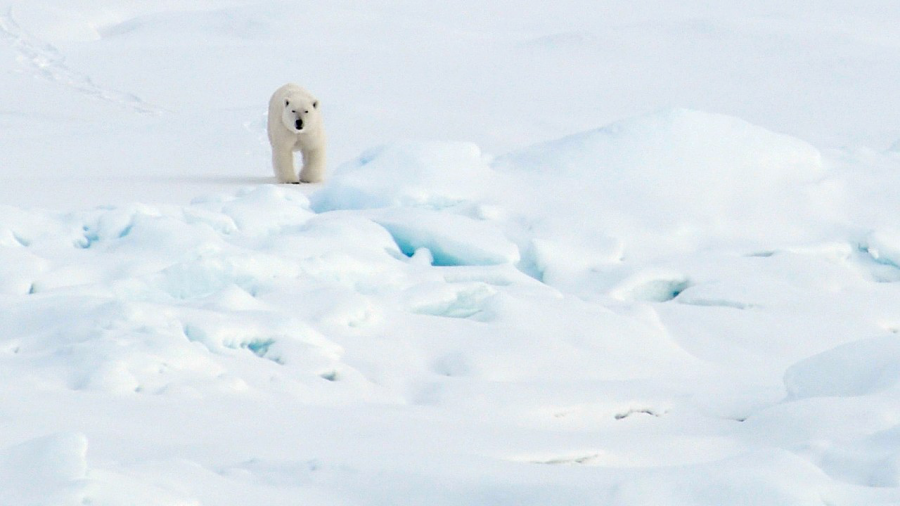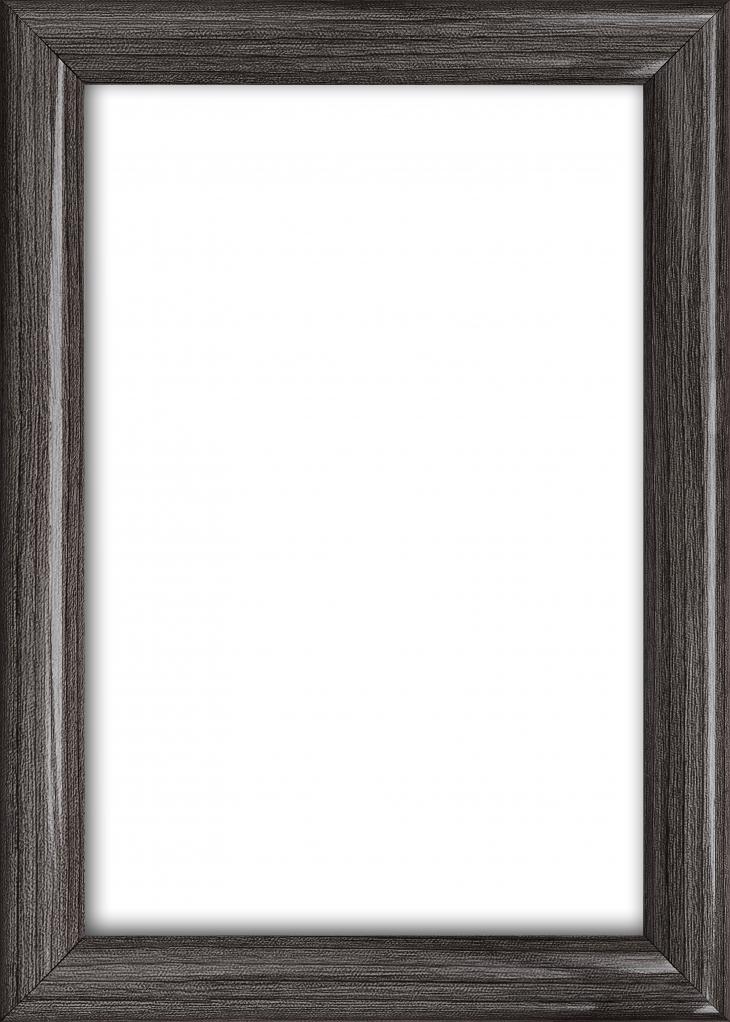
Photo Credit: Patrick Kelley, U.S. Coast Guard via Wikimedia Commons
A downloadable version of this lesson is available here:
Critical Discourse Analysis (CDA) helps readers navigate the layers of meaning packed into narratives and imagery. In a culture saturated with images that carry rhetorical power, it is essential to develop an ability to “read” visuals for their framing, the facts they imply, and the values they connote. Visuals include photographs, films, advertisements, and scientific aids like charts and graphs. Stakeholders may deploy visuals to argue for specific policy choices, but when the visuals lack context, they can mislead, conceal, and even erase other ways of seeing. Researchers use visual discourse analysis (VDA) to reveal how images mediate themes like time, truth, and power in socio-environmental (S-E) discourse. These techniques originated with the humanities, where image and textual analysis is often a means of distinguishing between objective truths and subjective forms of representation that carry cultural values. Cultural theorist Roland Barthes uses semiotics (the study of signs and symbols and meaning making) to distinguish among denotation, connotation, and myth as stages of representation that can contain bias and hidden agendas. As illustrated here, other scholars—including those studying S-E systems and problems—use these techniques to better understand how rhetoric and representation affect environmental knowledge.
The elements of visual discourse analyzed in this lesson will help learners become critical viewers who recognize editorial choices, bias, connotation, and subtext in climate change (CC) imagery. The lesson will help learners grow more aware of the complex ways in which images construct environmental realities, and thereby influence public opinion and policy.
- Explore how visuals represent climate change, with an emphasis on separating denotation from connotation and perceiving cultural bias and hegemony.
- Translate visuals into themes, and reveal patterns of discourse that support particular views of climate change, ethical policy, stakeholder positions, and governance pathways.
- Enhance learner’s critical viewing skills to support his/her ability to create and deploy images that serve our climate change communication needs.
Here is a blank canvas. Ask learners to draw a rectangle (landscape or portrait) on paper. For three minutes, ask them to fill that canvas with a sketch that they think effectively represents some aspect of CC. It might be a person, like a politician or activist; it might be an animal or plant; it might be a graph that depicts CC data, like CO2 levels, sea levels, or fossil fuel consumption through time. In small groups of three to four, have learners share their sketches and ask:
- What does the sketch denote, and what does it connote? Suggest some connotative keywords or themes (unsustainability, shame, suffering, opportunity, hope).
- What rhetorical tactics does it use: ethos (reputation of author or subject), pathos (use of emotion) and/or logos (data and statistics)?
- Why do you think this is an effective way to represent CC in visual discourse?
Critical Discourse Analysis: Visuals and Climate Change (One 75-minute class)
-
Learners should prepare for the session by reading the SESYNC Explainers 1 and 2 on CDA:
-
(10 min.) In class, after The Hook above, review the lesson PPT slides on VDA.
Document -
(5 min.) Reconvene the small groups from the Hook. Assign each group a different subject area within CC discourse: agriculture and food; animals and plants; extreme weather; landscape changes; people; technology and energy; topical event (meeting, protest). Note that some images may fall into multiple categories, such as photos that depict people navigating a natural disaster.
-
(15 min.) Direct groups to the Associated Press' (AP) website on Climate and Environment. The website hosts hundreds of CC stories, each with an image next to the title. With their subject area in mind, have groups scan story headlines and images. Groups should discuss their options and select three images that display a range of interesting dynamics in CC visual discourse. They will conduct an in-depth analysis of these images. In the selection process, consider the following:
Does the image subject show an interplay or tension between denotation and connotation?
Is the image grounded and topical (i.e., is the photo from the story location) or abstract and general (i.e. is it a stock photo outside the story’s direct context)?
How do framing (depiction of causes, impacts, or solutions) and composition (the shot angle, colors, subject position) affect the image’s rhetorical power?
-
(20 min.) Groups should download the three selected images along with the corresponding articles’ headlines into a document dedicated to this lesson. (Note: these images are protected by copyright, so the groups should not use them beyond this private class session, without AP’s permission.) With ~6 minutes to discuss each image, have groups create a short presentation using PPT or the software of their choice. Devote 1-2 slides per image and build out the analytical material using the article’s title/subject and the group’s insights on the subject, connotation, context, framing, and composition. Groups may use slide animations, so the image may be displayed without mediation at first, and then they can click to populate the slide with the image’s article context and the group’s VDA of the image.
-
(20 min.) With the remaining class time, have each group share their choice of ONE exemplary image for the whole class to consider and discuss. Depending on the number of groups, there may be up to five minutes for each group to share their analysis of their chosen image. Though time constraints limit the depth of image analysis, each group may provide a summary analysis of the subject area’s representation within images. These presentations as a whole should cover different areas of CC visual discourse including causes, impacts, and solutions.
-
As homework, have all groups post their full presentation to an online course space. Have each learner choose one other presentation to appraise, with an emphasis on drawing out additional VDA dynamics that the group did not already discuss. For example, a learner might identify an image with additional connotations based on her subjective view; she might observe gaps between the image and the article content; and/or she might describe how and why the image is (in)effective in her view of its framing, intent, and execution.
-
Researching Visual Representations of Climate Change
This research article details an experiment in VDA based on user reactions to CC stories in Irish news coverage. The authors provide a valuable background on Barthes, humanist and sociological theories of discourse, and a model for framing CC subject areas and generating new empirical data on the power of images in public discourse.
Culloty, E., Murphy, P., Brereton, P. et al.(2019.)Researching Visual Representations of Climate Change.Environmental Communication, 13(2), 179-191. https://doi.org/10.1080/17524032.2018.1533877
-
Climate change and visual imagery
The authors critically review the expanding research on the visual representations of climate change and how the public engages with visual imagery. They consider visuals across the news media; NGO communications, advertising, and marketing; climate science; art; and virtual reality systems. They discuss three themes that occur throughout their review: time, truth, and power. The authors conclude by suggesting promising future directions for research in climate change visuals.
O'Neill, S.J. and Smith, N. (2014), Climate change and visual imagery. WIREs Climate Change, 5(1) 73-87. https://doi.org/10.1002/wcc.249
-
Depicting decline: images and myths in environmental discourse analysis
The author uses Barthes’ discourse theory on denotation, connotation, and myth to analyze three images spuriously linked to drought and landscape degradation. He shows how the progression from denotation to myth may proceed when the users of images have a particular policy outcome in mind; in this case, the images serve to vilify Indigenous herding practices in order to instill an alternative rangeland management regime based on science-led conservation.
Benjaminsen, T.A. (2021.) Depicting decline: images and myths in environmental discourse analysis. Landscape Research, 46(2), 211-225. https://doi.org/10.1080/01426397.2020.1737663
